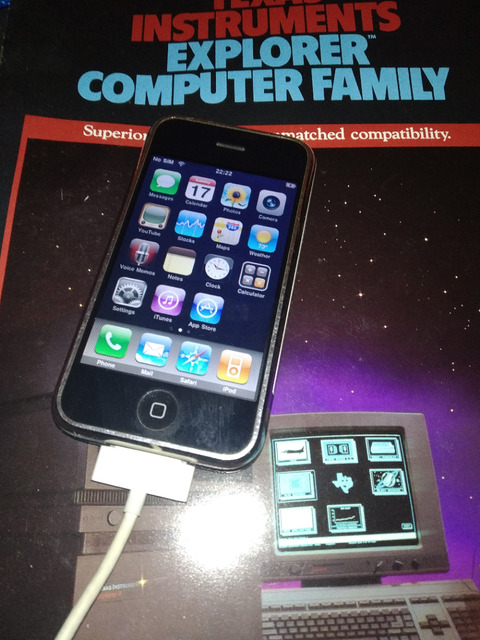YABftP! (Yet Another Blast from the Past)
While cleaning out my apartment in preparation for a move, I rediscovered many pieces of hardware I haven't seen for quite some time :-). This is the first piece, so stay tuned...
This first piece is an original iPhone (called 2G, since it ran on GSM (resp. GPRS/EDGE) instead of the strange US CDMA standard - no LTE, UMTS or 5G...). It was introduced in June 2007 and features an ARM1176JZF-S based single-core SoC (Samsung S5L8900, this is long before Apple starts to design their own ARM cores) running at 412 MHz. The 2G uses 128 MB RAM and 8 GB of flash, the 3.5 inch display has a resolution of 240x320 pixels . This iPhone is still running after 12 years and is amazingly useable with iOS 3.1.3 - Safari, Google Maps and email work, whereas iTunes and the youtube app fail to start.
Maybe the CPU core used in the 2G rings a bell. This is the same core as the one used in the BCM2835 SoC in the original Raspberry Pi and the current Raspberry Pi Zero (W). However, the 5€ Raspi Zero has four times as much RAM and the CPU is clocked 2.5x as fast as the iPhone... if we only had the source code for iOS, a port to the Raspi Zero would be a neat hack.
The brochure the iPhone is resting on is of course also interesting for computer history afficionados... the TI Explorer is one of the few commercial LISP machines, based on a NuBus chassis and the TI S1500 asymmetrical multiprocessor 680x0-based Unix systems.
